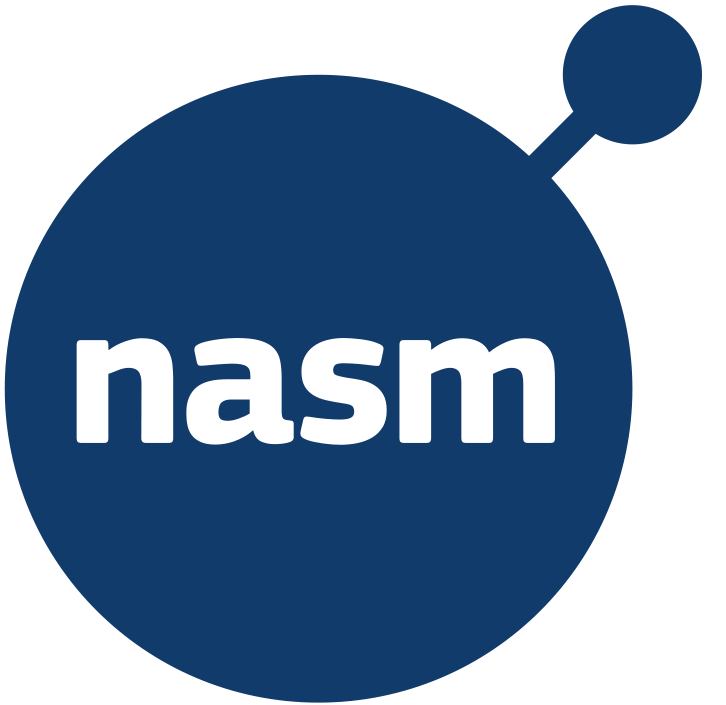Let us create a
hello.o assembly file.In order to begin the assembly code we need to define the entry point for program using
global keyword which makes the identifier accessible to linker.
global _start ; must be declared for linker
_start: ; start label
global _start ; must be declared for linker
section .text
_start: ; start label
mov eax , 1 ; sys_exit system call
mov ebx , 0 ; setting exit status
int 0x80 ; Calling interrupt handler to exit program
We first convert the assembly code to 32-bit executable and linking format object file and then linker generates an executable file from object file.
>> nasm -f elf32 hello.asm -o hello.o
>> ld -m elf_i386 hello.o -o hello
>> ./hello
>> echo $?
>> 0
global _start ; must be declared for global
section .data
msg db "Hello World!", 0x0a ; msg="Hello World!\n"
len equ $ - msg ; len equals size of msg
section .text
_start: ; start label
mov eax , 1 ; sys_exit system call
mov ebx , 0 ; setting exit status
int 0x80 ; Calling interrupt handler to exit program
db stands for describe byte to declare a 1 byte directive and db for defining a constant value.Let us expand our text section and move 4 to eax for system write and run the program to get our required output.
global _start ; must be declared for global
section .data
msg db "Hello World!", 0x0a ; msg="Hello World!\n"
len equ $ - msg ; len equals size of msg
section .text
_start: ; start label
mov eax, 4 ; sys_write system call
mov ebx, 1 ; stdout file descriptor
mov ecx, msg ; ecx=msg
mov edx, len ; edx=len
int 0x80 ; Perform the system call
mov eax , 1 ; sys_exit system call
mov ebx , 0 ; setting exit status
int 0x80 ; Calling interrupt handler to exit program
>> nasm -f elf32 hello.asm -o hello.o
>> ld -m elf_i386 hello.o -o hello
>> ./hello
>> echo $?
>> Hello World!
>> 0
